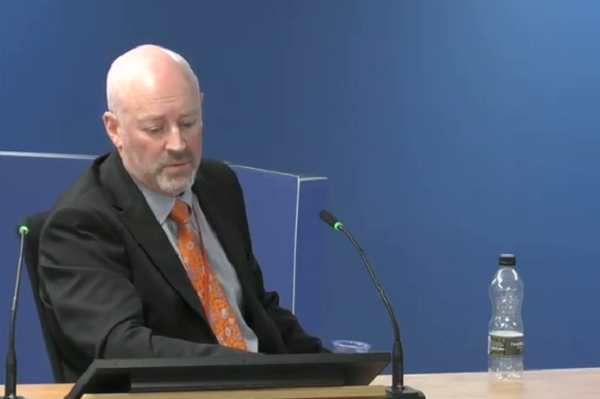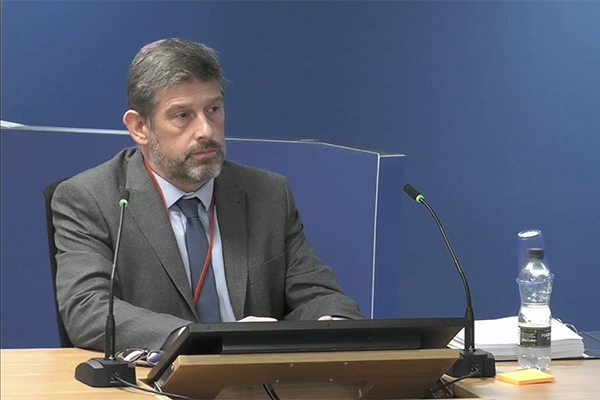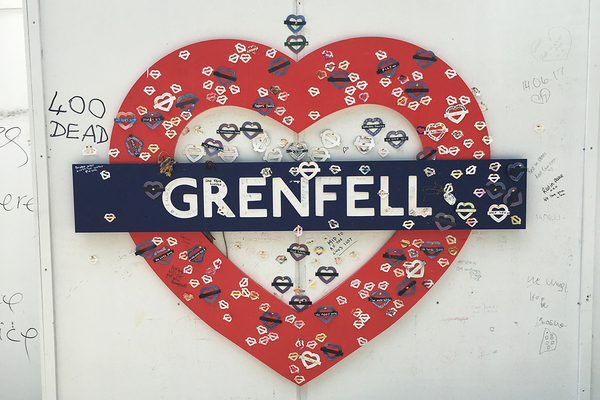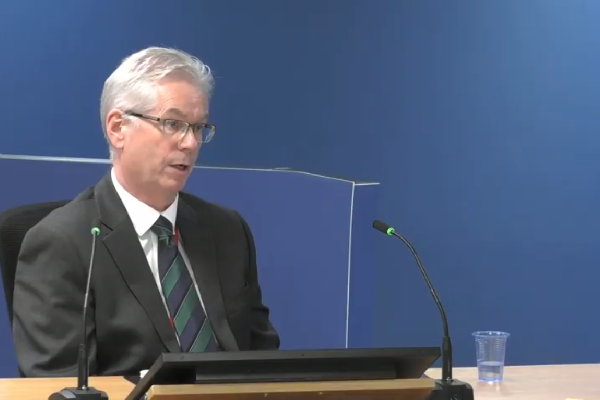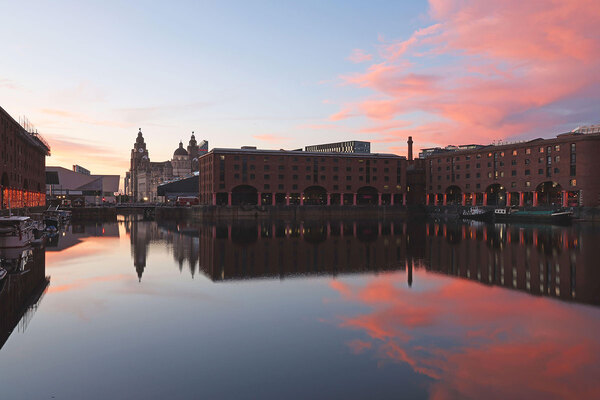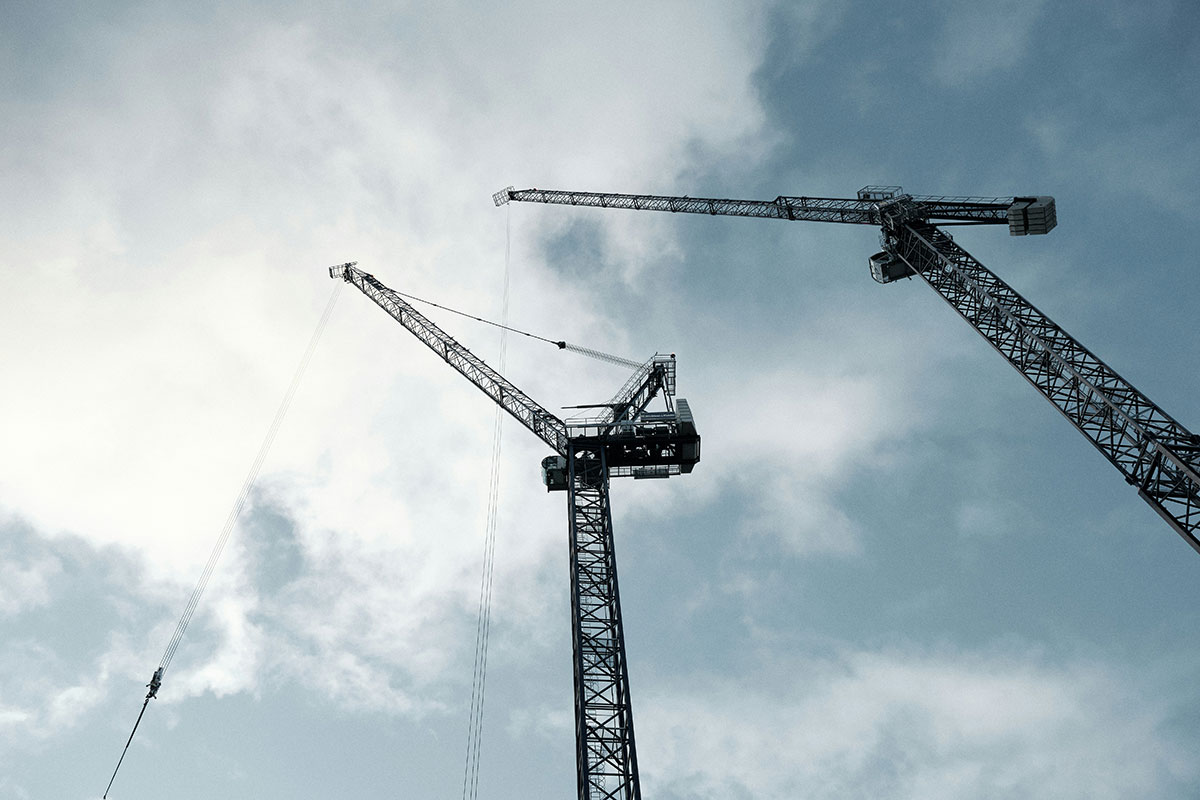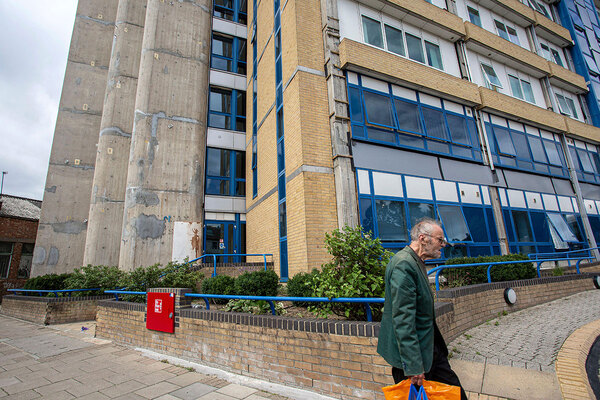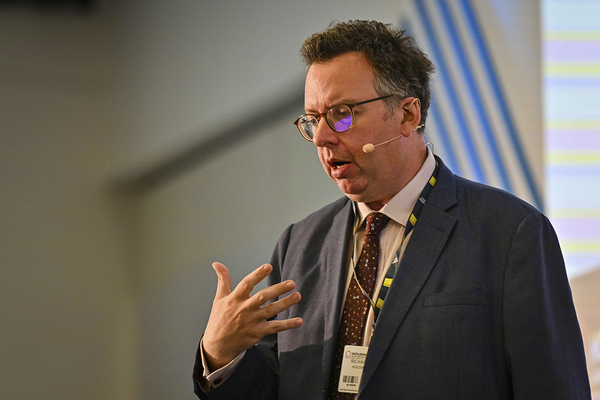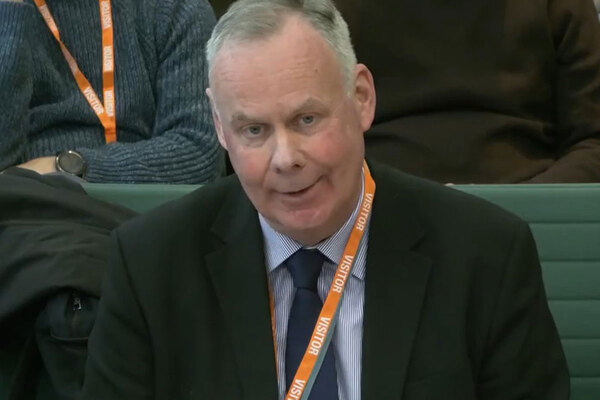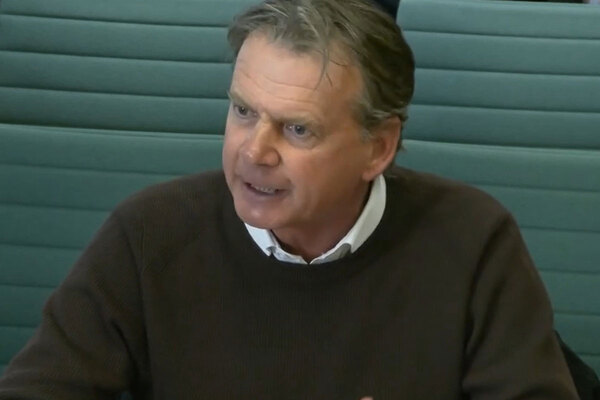Kingspan claims about suitability of its insulation for high rises ‘a house of cards’, inquiry hears
Kingspan’s assertion that its combustible insulation product could be used on high-rise buildings was a “house of cards” based on a single test from 2005 which has now been withdrawn, the Grenfell Tower Inquiry heard today.

Tony Millichap, technical manager at the giant insulation firm from 2010 to 2015, was grilled over Kingspan’s repeated claim to clients and certifying bodies that its K15 Kooltherm insulation was suitable for use on high rises in a range of cladding systems.
He accepted that it based this claim on the results of a test from 2005 which had seen the insulation tested as part of a mock-wall build up using cement fibre cladding.
In October this year, Kingspan withdrew this test and admitted the version of K15 used was “not representative” of the product it had been selling since 2006.
The inquiry has heard how Kingspan used the 2005 result to help persuade certifying bodies the British Board of Agrément and Local Authority Building Control (LABC) to issue certificates that said the product could be used on buildings taller than 18m.
The LABC certificate went as far as saying the insulation “may be considered a material of limited combustibility” – the basic required standard for insulation on high rises without a test, but one Kingspan’s plastic insulation could never obtain.
“Would you agree that the only testing basis for such an assessment by the LABC would be the 2005 test?” asked Kate Grange QC, counsel to the inquiry.
“Yes,” replied Mr Millichap.
“Would you agree with this,” she said. “It’s like a house of cards isn’t it, you’re building on things which are in fact based on a very shaky foundation?”
“That advice was offered in good faith. There was a strong belief that K15 can be relevant as a rainscreen cladding above 18m in the right circumstances. We were representing the product alongside the evidence that we’d gathered for others to make their judgement on that,” Mr Millichap replied.
He had been asked about advice the firm had given that its product could be used for a high-rise building with a zinc cladding system.
“The advice was utterly misleading given the test evidence you actually had, wasn’t it?” said Ms Grange. Mr Millichap said the firm was simply offering “an opinion”.
The inquiry was shown emails which queried the claims made about the product’s suitability for high rises before the fire at Grenfell Tower.
In one email an expert at another building control authority, the National House Building Council, described the LABC certificate as “garbage” and said the organisation “didn’t know what they were talking about”.
Mr Millichap was shown several incoming queries from clients who had specified Kingspan K15 for tall buildings but were struggling to obtain sign off.
In one, First Street in Manchester, being built by Lakesmere, the contractor that stripped the partially installed K15 from the building and replaced it with non-combustible mineral wool. Kingspan issued a £20,000 credit note in compensation.
In another project, Hampton House, a luxury development on the banks of the River Thames in central London, sub-contractor Astec Projects sought assurance from Kingspan that its product could be used.
After the firm suggested it could, Simon Hepworth from Astec replied saying it was “incredible you have any comfort in proposing K15 on this project or in fact any other over 18m”.
“This does, in my mind, bring your corporate responsibility into question,” he wrote. “Here we are with you endorsing your product knowing it is not appropriately tested, with little way of substantiating it is fit for purpose in this project in any way whatsoever.”
Mr Millichap said it was the contractors’ responsibility to ensure the facade complied and that this was an example of a firm trying to “address that once they have built the building”.
Earlier in his evidence, Mr Millichap described Kingspan as a “thought leader” in interpreting building regulations and said there was a “general absence” of knowledge in the industry as to when combustible insulation could be used.
He said the firm had “quite a lot of input into influencing how this could be understood” through the enquiries it received from clients – although he later said he meant to say “informing” rather than “influencing”.
Kingspan K15 was among the products used in the facade on Grenfell Tower, although the majority of the insulation was made by its rival, Celotex.
The Grenfell Tower Inquiry continues.
Sign up for our weekly Grenfell Inquiry newsletter
Each week we send out a newsletter rounding up the key news from the Grenfell Inquiry, along with the headlines from the week
Already have an account? Click here to manage your newsletters
